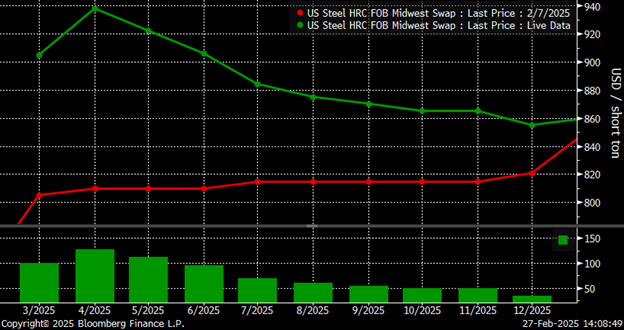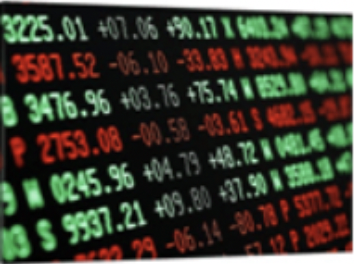Futures
Borusan Completes Buy of Fla.-based Berg Pipe
April 14, 2023
Turkish pipe and tube maker Borusan Mannesmann has finalized its buy of Panama City, Fla.-based Berg Pipe for $162 million.
![]() Borusan said it has acquired 100% of the US pipe maker, which manufactures large-diameter line pipe.
Borusan said it has acquired 100% of the US pipe maker, which manufactures large-diameter line pipe.
“By acquiring Berg Pipe, a company with a total manufacturing capacity of 550,000 tons, we have secured a strategic position in the large-diameter pipe sector, ” Borusan Group CEO Erkan Kafadar said in a statement.
The company noted this strengthens its position in the North American energy pipe industry, and is “in line with its global growth strategy of expanding its manufacturing capacity in target markets.”
“Berg Pipe owns two facilities, one in (Panama City,) Florida, where longitudinal seam-welded pipes are manufactured, and one in (Mobile,) Alabama, where spiral seam-welded large-diameter pipes are manufactured,” Borusan said.
Borusan Mannesmann has been operating in the US since 2014, with a facility in Baytown, Texas.
The company said that with this acquisition and a second facility under construction in Baytown, where production is set to start in 2023, it will own four manufacturing plants in the US.
Borusan added that the company’s total manufacturing capacity in the US will reach 1 million tons and around $1 billion in turnover.
The Baytown operation manufactures oil country tubular goods (OCTG) and line pipe for the energy sector.
Including the addition of Berg Pipe, Borusan will have a total of 11 facilities located in Turkey, Italy, Romania, and the US, the company said.
By Ethan Bernard, ethan@steelmarketupdate.com
Latest in Futures

HR Futures: Nascent rally in HRC futures settles above 6-week downtrend
The CME Midwest HRC futures market’s response to Trump’s election and subsequent comments about blanket 25% tariffs on Canada and Mexico was surprisingly counterintuitive.

HR Futures: Market at crossroads after turbulent run
The market appears to be pausing after a turbulent run. But tension remains just beneath the surface. With net long positioning still elevated, sentiment-driven selling could quickly reignite volatility. Still, supply constraints and limited imports are laying the groundwork for a resilient physical market. This moment of calm feels more like a crossroads than a conclusion.

HR Futures: Traders’ views mixed as market navigates tariffs
A look at the HR futures market.

Market pressures trigger HR futures reversal
Market dynamics are shifting rapidly, with futures pricing diverging from physical fundamentals, creating a complex landscape for steel traders.

HR Futures: Correction in market after big rally
Another eventful week in the physical and financial steel markets is coming to a close, but with a markedly different tone than the last update at the end of February.
